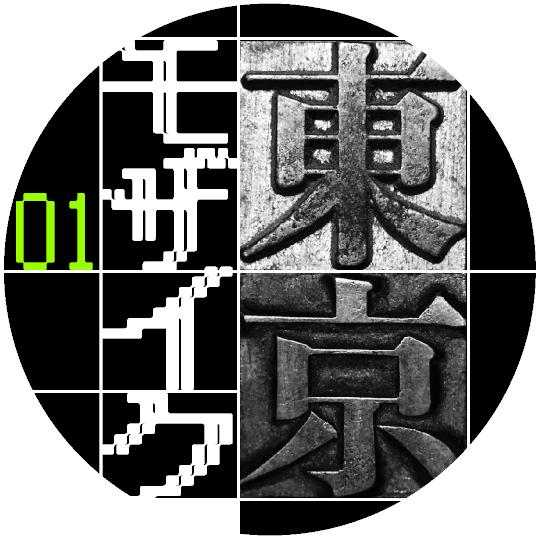Exhibition Series “Tokyo Mosaic (1) – Reconstructing the Imperial Capital”
2016.03.08-2016.05.08
BIS
Until it gained international recognition as a contemporary megalopolis, Tokyo underwent a complex development through repeated destructions and reconstructions. This growth, contemporary to the spread of visual mass culture that characterizes the 20th Century, produced innumerable images. In turn, these images have built Tokyo’s visual identity. Within this long process, the reconstruction of the imperial capital following the Great Kanto Earthquake was fundamental in establishing a modern image of Tokyo. At the time, a colossal corpus ranging from surveys on the disaster’s consequences to rules and propositions on urban planning was produced, thus laying the foundations of 20th Century Tokyo’s image. This compact presentation, the first in the exhibition series “Tokyo Mosaic,” focuses on the photographic surveys of Tokyo as well as the Reports on the Building and Repair Works for the Earthquake Recovery conducted by the former Tokyo Imperial University after the Great Kanto Earthquake and unto the beginning of Showa Era. We will thus reconsider the complex image of modern Tokyo emerging through such a diverse corpus as photographs, survey documents, news, plans, maps and administrative documents.
Exhibition Series “Tokyo Mosaic”
In the perspective of the 2020 Olympics and Paralympics, the identity and attractiveness of Tokyo is again publicized on an international scale. However, Tokyo in itself is rather a heterogeneous aggregate of signs, a complex entity irreducible to a single concrete image. In an attempt to capture the evanescent visual identity that characterizes Tokyo, the exhibition series “Tokyo Mosaic” has a dedicated corner within the Intermediatheque, where each exhibition focuses on a particular aspect of 20th Century Tokyo.
A new presentation of documents pertaining to Tokyo in all their diversity (maps, urban planning projects, administrative reports, design manuals, news, advertisements, pamphlets in foreign languages, touristic guides, stamps...) gives us an insight into the images of Tokyo conveyed by visual communication tools in Japan and abroad. By including both official documents related to urban planning and public relation methods and rare ephemera produced by individuals or private organizations, it becomes possible to confront the idealized view of Tokyo with its actual scheme. Through concrete examples, we can thus consider how graphic design and visual culture have assimilated the image of Tokyo, reducing it to a given form, abstracting it and at times idealizing it.
Organizer: The University Museum, the University of Tokyo (UMUT)
Research Grant: DNP Foundation for Cultural Promotion






